| Kansai Ramblers hiked Meijinomori Park in the northern part of Osaka. After hiking for 2 hours and stopping for lunch, we went to Katsuo-Ji Temple. This temple is known as the “temple for winner’s luck”. People visit this temple to pray and wish for victory, winner’s luck, and success. Daruma can be found in many areas of the temple, and is a doll that symbolizes success. From my fellow hikers, I learned that the daruma doll symbolizes success because of its shape that allows it to fall and get back up. The phrase goes, “fall down seven times, get up eight”. Also, a daruma doll is sold without eyes. A person draws one eye while wishing for success/luck/victory. If they succeed, they then draw on the second eye to show that they have completed their goal. With the amount of completed daruma at the temple, it is clear that this temple is the “temple of victory”! After Katsuo-Ji Temple, we continued to the summit of Saisyougamine Mountain (530 meters). At the top was the grave site of Prince Kaijou. Following the summit, we descended down the mountain towards Minoo. After looking at the nature center, which displayed many pictures and taxidermy animals from this park, we headed down to see the Minoo waterfall. We took a short break for snack and pictures at the waterfall, while enjoying the scenery and sounds of nature. Unfortunately, the onsen was closed on this day, so the group had to do without their nice hot soak and beer after the long hike. So afterwards, I headed home for a nice long soak in the tub :) |
0 Comments
 5 minute walk from Namba Station in Osaka, this shrine has a portion that is shaped like a demon's head. For New Year's the followers got together to create a large rope for a great big Tug-of-War. People first get together to create the rope, which is a truely amazing team building excersize as people jump over one another to braid a giant rope. Then after a little tug-or-war, they carry the rope around in a mini procession.
|
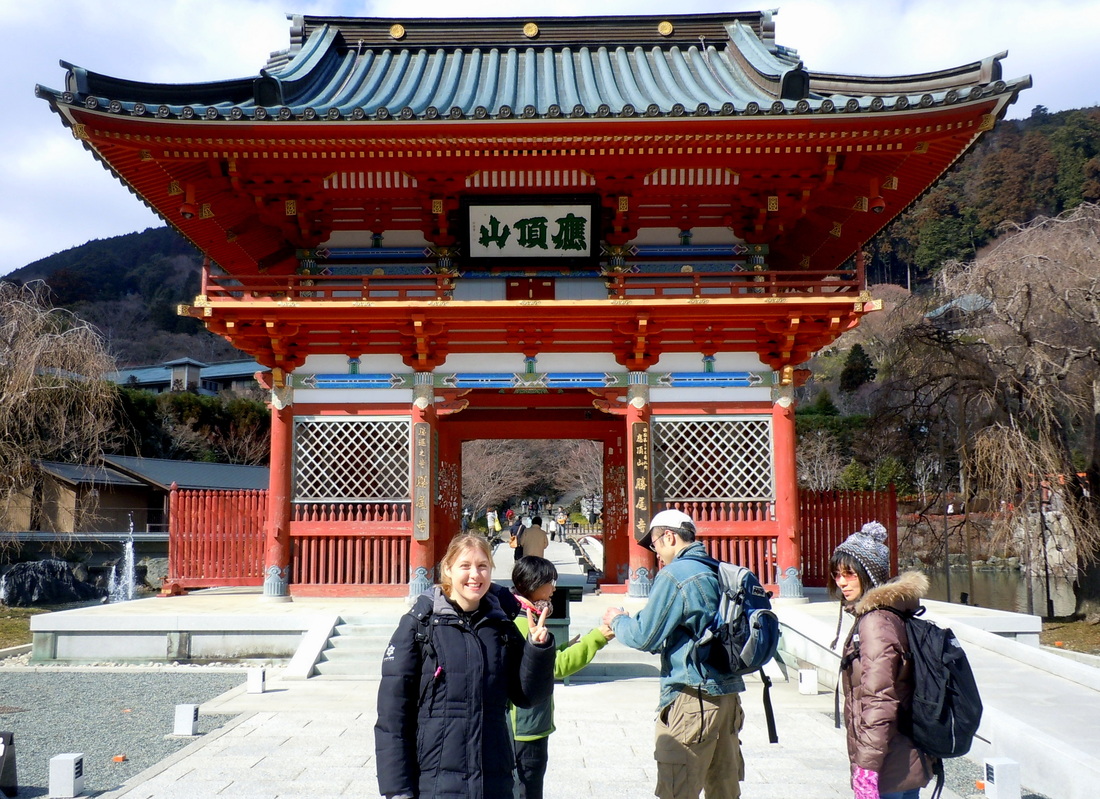
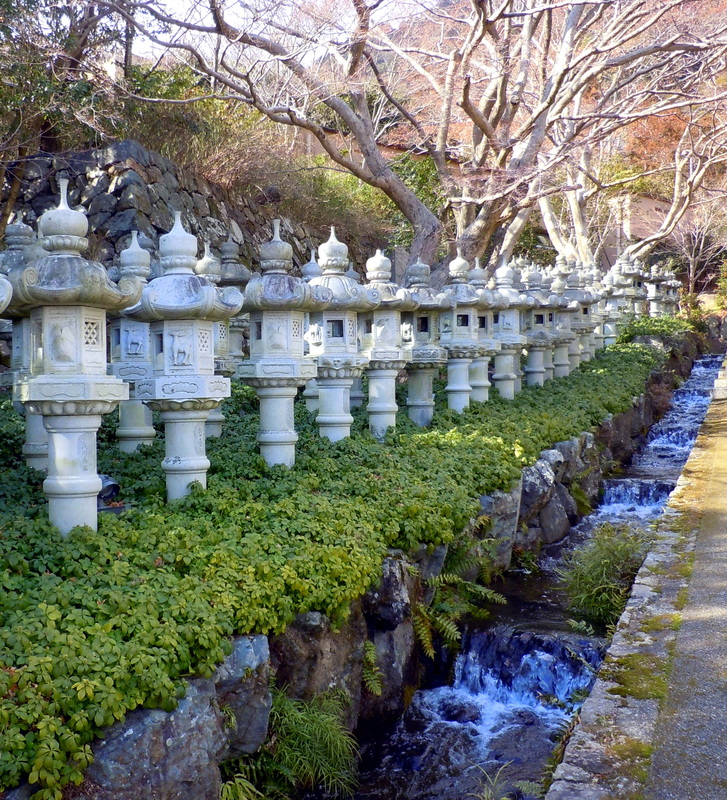
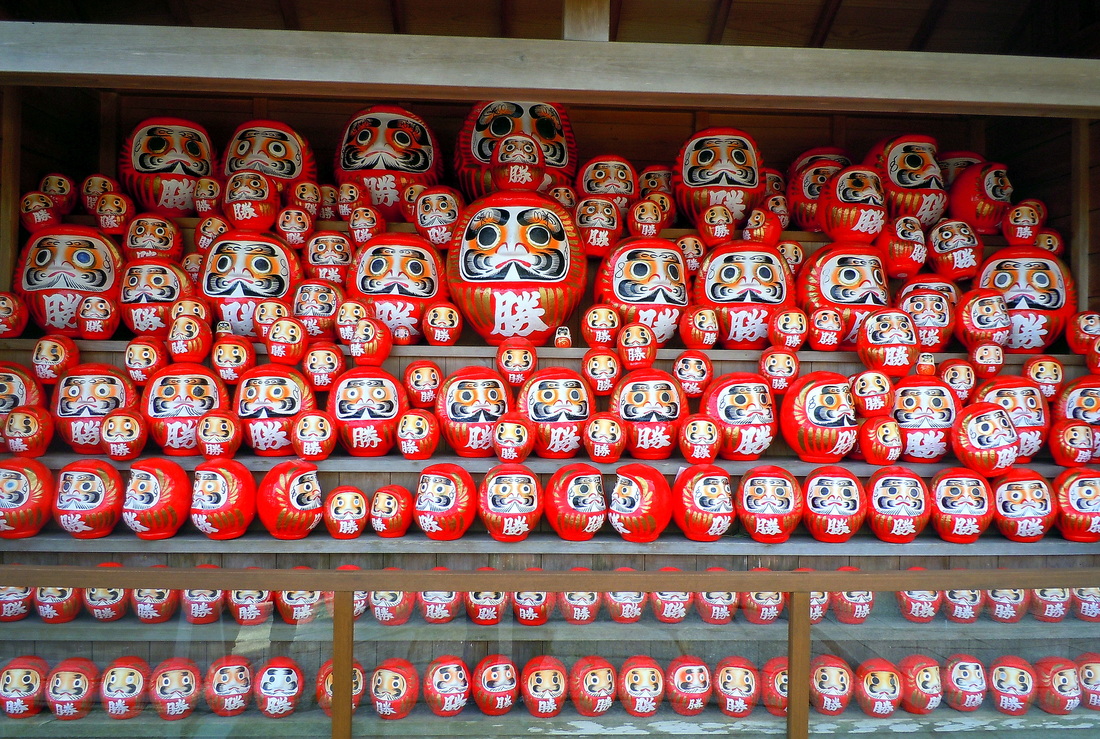
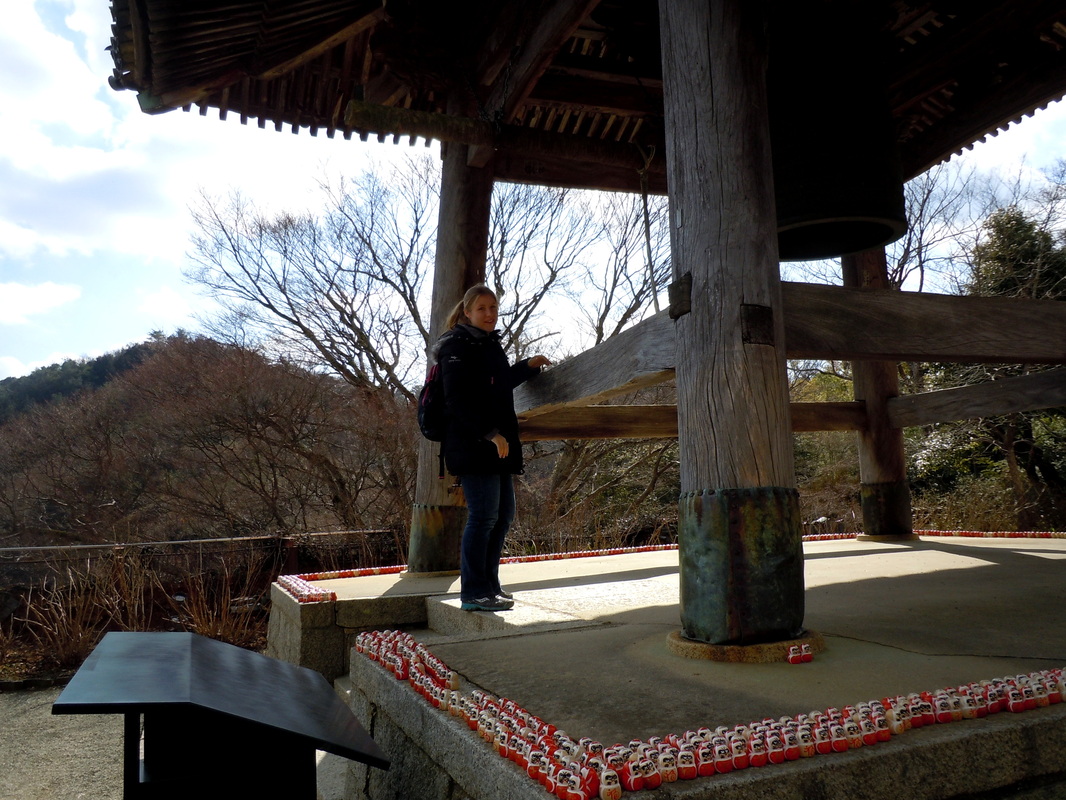
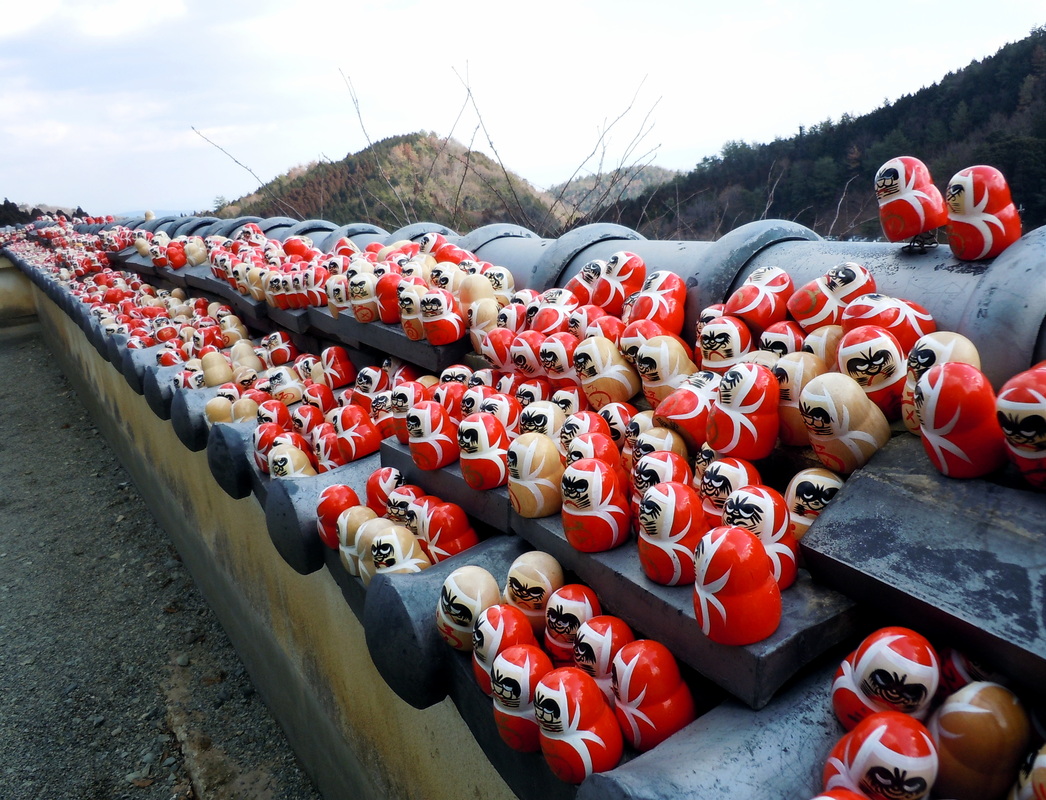
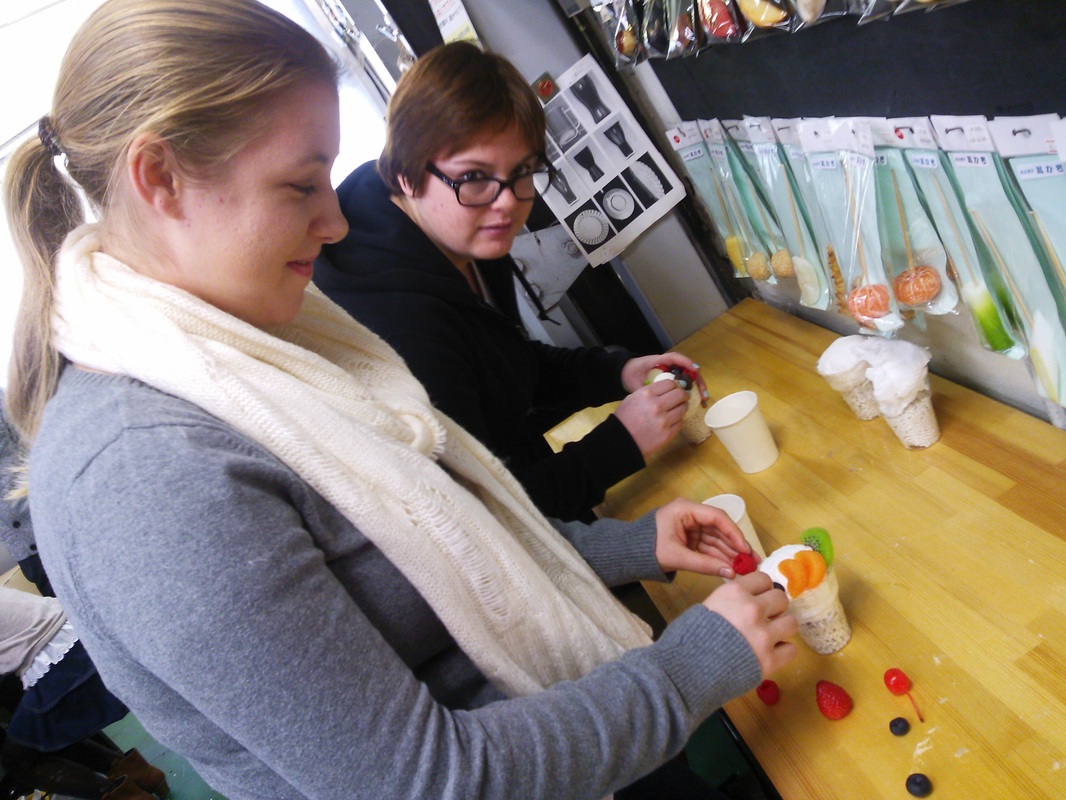
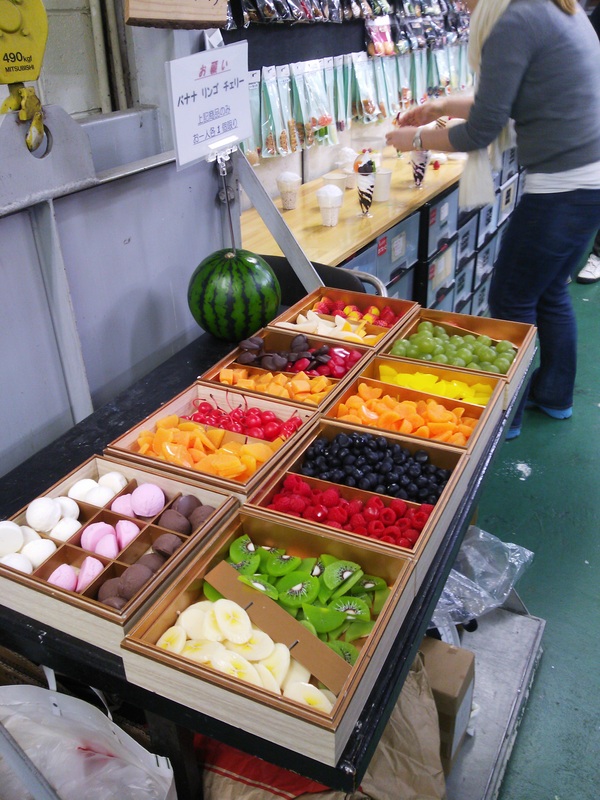
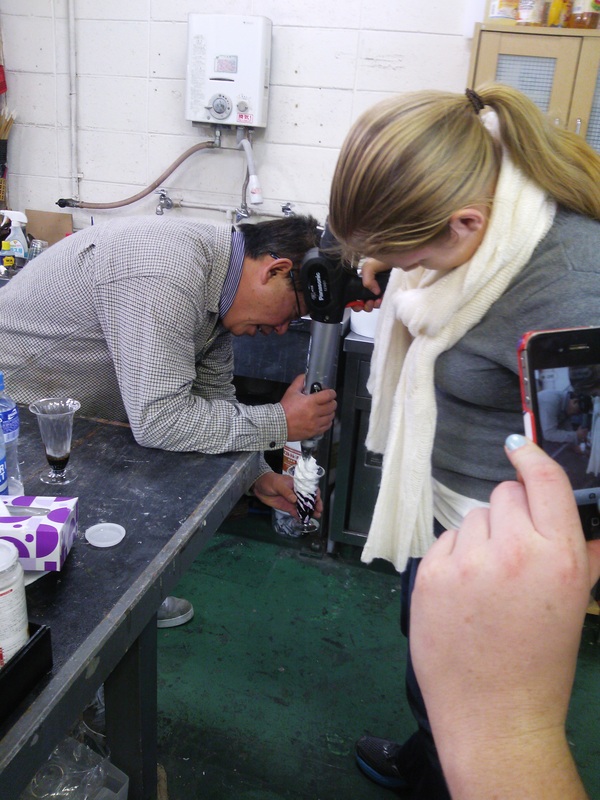
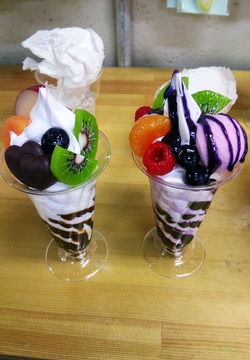

 RSS Feed
RSS Feed